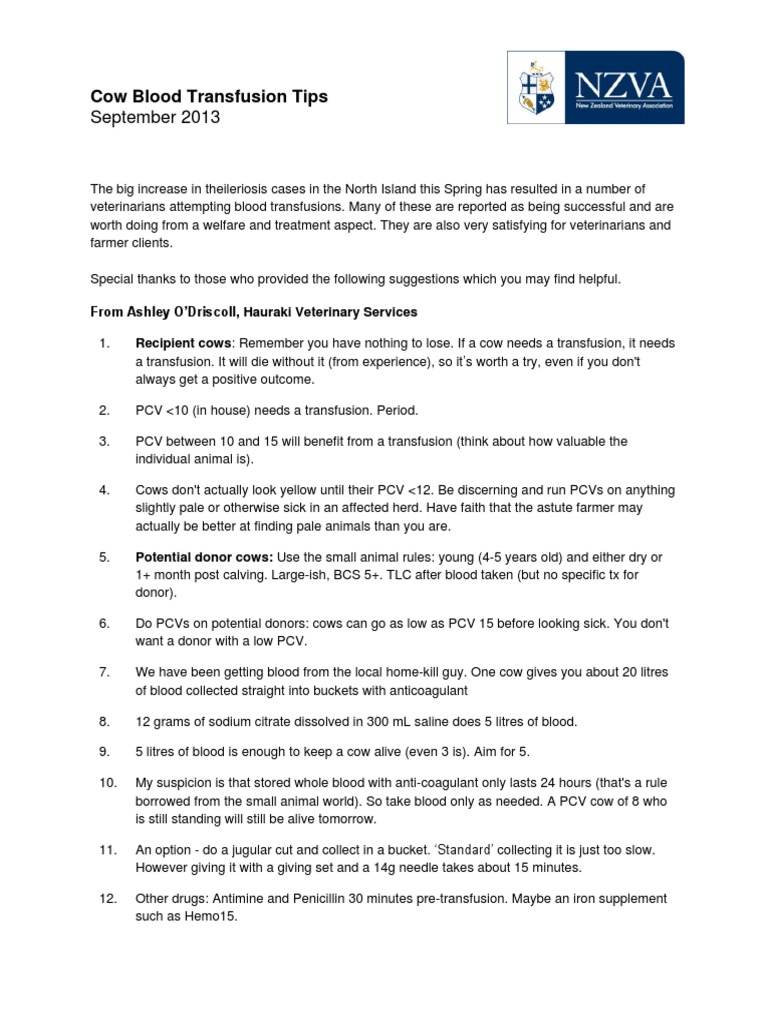White Stuff Teeth Near Gums

The appearance of white stuff near the gums can be alarming, but it’s essential to understand the possible causes to address the issue effectively. There are several reasons why you might notice a white, sticky, or patchy substance forming near your gums. Let’s delve into the potential explanations and explore the necessary steps to maintain good oral health.
Gingivitis and Plaque
One of the most common causes of white stuff near the gums is the accumulation of plaque, a sticky film of bacteria that forms on teeth. When plaque isn’t removed through regular brushing and flossing, it can lead to gingivitis, an early stage of gum disease. Gingivitis causes inflammation of the gums, which can result in the appearance of white patches or a sticky substance, especially near the gum line.
Oral Thrush
Oral thrush, also known as oral candidiasis, is a fungal infection that can cause white patches in the mouth, including near the gums. This condition is more common in individuals with weakened immune systems, those who wear dentures, and people who have taken antibiotics or corticosteroids. The white patches associated with oral thrush can be wiped away, but they may leave a red, sore spot.
Fordyce Spots
Fordyce spots are small, yellowish or whitish bumps that can appear on the lips, inside of the cheeks, and sometimes near the gums. They are caused by the abnormal presence of sebaceous glands in the mucous membranes and are generally harmless. While Fordyce spots are not directly related to oral hygiene, their appearance can sometimes be confused with other conditions.
Leukoplakia
Leukoplakia is a condition that causes white patches or lesions to form in the mouth, often in response to chronic irritation. It can appear near the gums and may be linked to the use of tobacco products or other irritants. Although leukoplakia itself is not cancerous, it can sometimes be a precursor to oral cancer, making it essential to have any unusual oral lesions evaluated by a dentist or healthcare provider.
Treatment and Prevention
Regardless of the cause, maintaining good oral hygiene is crucial for preventing the buildup of white stuff near the gums. This includes:
- Regular Brushing and Flossing: Remove plaque and food particles by brushing your teeth at least twice a day and flossing once a day.
- Dental Checkups: Regular dental visits can help in the early detection and treatment of gum diseases and other oral health issues.
- Healthy Diet: A balanced diet rich in fruits, vegetables, and whole grains can support your overall oral health.
- Avoid Tobacco: Tobacco use can exacerbate gum disease and increase the risk of oral cancer.
For conditions like oral thrush, specific treatments such as antifungal medications may be prescribed. It’s also important to practice good denture hygiene if applicable and to manage any underlying health conditions that could be contributing to oral health issues.
Conclusion
The appearance of white stuff near the gums can have various explanations, ranging from simple plaque buildup to more serious conditions like oral thrush or leukoplakia. Understanding the potential causes and maintaining a commitment to good oral hygiene practices are key to preventing and addressing these issues. If you’re concerned about your oral health or notice persistent white patches or substances near your gums, consulting a dental professional is the best course of action to ensure prompt diagnosis and appropriate treatment.
FAQ Section
What is the most common cause of white stuff near the gums?
+The most common cause is the accumulation of plaque, leading to gingivitis, an early stage of gum disease.
Is oral thrush contagious?
+Oral thrush is not typically considered contagious but can be passed through kissing or sharing utensils and toothbrushes, especially among people with weakened immune systems.
How often should I visit the dentist to maintain good oral health?
+Regular dental checkups are recommended at least twice a year, but this frequency may vary based on individual oral health needs and risk factors for oral diseases.
In conclusion, while the appearance of white stuff near the gums can be alarming, it often points to issues that can be addressed through improved oral hygiene and, in some cases, medical or dental intervention. By staying informed and proactive about your oral health, you can prevent many of these conditions and maintain a healthy, vibrant smile.


